“Bessie Smith” by Jackie Kay
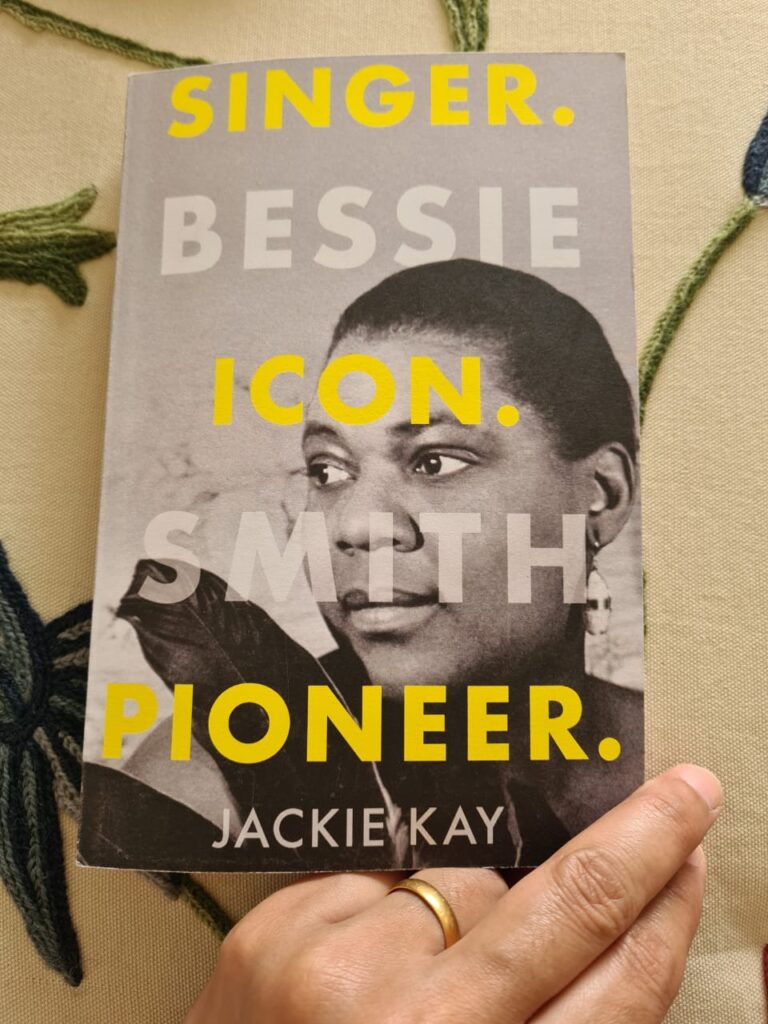
Bessie Smith by Jackie Kay, Scotland’s National poet is a biography of a legendary blues singer. It is also a fascinating account of the history of blues, jazz, and what is today the popular form, Chicago Blues when the male musicians hijacked the scene with their acoustic guitars. Jackie Kay develops the scene brilliantly by pointing out that the blueswomen sang whatever they wanted to. They were ruthless while talking about men. These women were like a band of travelling musicians. They belonged to troupes. The most famous being Ma Rainey. All the women had “Smith” as a surname to give them some legitimacy as well as anonymity. These women were like a sisterhood that was powerful and knew they were good at what they did — singing. They also had no qualms being open about their sexuality even if they had male partners. They made lots of money and shared it generously. Their songs were the equivalent of modern poetry. They were also the first to adopt new technology like gramophones and made recordings.
Bessie Smith signed a lucrative eight-year contract with Columbia Records between 1923-1931. She recorded 160 songs, twenty a year! On 15 February 1923, the Queen of Blues, recorded ‘Downhearted Blues’ and ‘Gulf Coast Blues’. She arrived at the studio ‘tall, fat and scared to death’. It took her many attempts to make the wax recordings. She was probably nervous or stone cold sober. As Jackie Kay speculates, “She possibly mistrusted the whole technological thing, such as it was then. She might have felt that she was being had. But she soon got the hang of it. Humphrey Lyttelton says, ‘The singing that was transmitted to wax was, from the outset, mature, steeped in harsh experience and formidable commanding.'”
The sales of ‘Downhearted Blues’ — three quarters of million copies in six months — far exceeded the sales of any other blues record. The black public were eager to purchase records through mail-order catalogues, record stores in black neighbourhoods or even through the Pullman porters. The blues sold both in the North and in the South and became part of the record companies’ ‘race records’ series. These were issues directed solely to the black purchaser. By the end of 1922 Race records were being distributed in many Northern cities and as far south as Alabama.
In the South the blues sold to black and white people; in the more ‘liberal’ North, they just sold to black people. It was possible to have been white in the North in the 1920s and never have known that blues records even existed. This is because in the North, advertising of so-called ‘Race records’ was restricted to the black press, and the distribution of the records took place only in black areas. Southerners, though, became part of the ‘race market’. White and black people, though segregated, crowded into those tents to hear the blues.
During the Columbia period, Bessie Smith worked alongside some of the best musicians of her day: Fletcher Henderson, Louis Armstrong, Fred Longshaw, Jack Teagarden, James P. Johnson, Coleman Hawkins, and Joe Smith. But the most exciting combination musically was Bessie Smith and Louis Armstrong, in those sessions they recorded on 14 January 1925. ‘Reckless Blues’, “Cold in Hand Blues’, ‘Sobbin Hearted Blues’, and ‘You’ve Been A Good Ole Wagon’ were all recorded that day. It has turned out to be the most memorable dates in the history of blues.
Singers at that time were never paid a royalty but paid as usable side. These amounts varied depending on the musician’s popularity but Bessie Smith could earn as much as $250. She was the best paid of all the classic blueswomen. The women singers who came after her like Billie Holiday and Ella Fitzgerald were known as Jazzwomen who sang a different kind of music. Five of Bessie Smith’s records were on the market, and her reputation had grown beyond all expectations. But success would not last. After the Wall Street Crash of 1929 and the Depression, a new combo style of blues became fashionable. ‘Urban Blues’ or ‘Chicago Blues’ then dominated the scene from the mid-1930s through the 1940s. The likes of Muddy Waters and Howlin’ Wolf took off; the classic blues singers were replaced by men with acoustic guitars.
In the 1920s she who loved to party, participated in many ‘rent parties’ or parlor socials. This was home entertainment. You could get into any of them from 10 cents to a dollar. The other guests were ordinary, working-class people: tradesmen, housemaid, laundry workers, seamstresses, porter, elevator ‘boys’. But writers and artists and singers loved to go along too. On a Saturday night in Harlem, the music pounder out of the open windows. There was always an upright piano, a guitar, a trumpet and sometimes a snare drum. Rent parties originated in the South, where rents were so high that people had to organise such socials to pay their landlords. You needed no social standing to throw a rent party. All you needed was a piano player and a few dancing girls. Drinks were bathtub gin and whiskey. Food was fried fish, chicken, corn bread etc. Music was played by some of the masters and students of Harlem stride piano. Dancing — the Charleston, the black bottom, the monkey hunch, the mess around, the shimmy, the bo-hog, the camel, the skate and the buzzard — went on till the break of day. You were not regarded as much of a jazz pianist unless, wherever else you appeared, you played the rent-party circuit. You earned your spurs not only by sending the dancers into flights of ecstasy but also by ‘cutting’, or outperforming, rival piano players. Duke Ellington, Bill Basie — not yet Count— a young Fats Waller and Bessie Smith enjoyed these rent parties. One of Bessie’s best-known songs, ‘Gimme a Pigfoot’, written by Leola ‘Coot’ Grant and Wesley Wilson and performed with Jack Teagarden and Benny Goodman in 1933 is about rent parties.
Bessie Smith wrote blues for herself to reflect the experience of ordinary working-class people. The blues she sang and the blues she wrote often contained elements of burlesque, music hall and vaudeville which reflected her background as a young girl who had first joined a travelling troupe in 1912. A lot of her blues were raunchy, bawdy, double-entendre-filled, sexy sings, as well as tragic, painful and depressing. Bessie’s blues moved people.
According to Jackie Kay, “Her voice just got to them. Perhaps she reminded them of the past, of losses, of longing. Something in her voice went way back into a deeper past. Her voice seemed to contain history, tragedy, slavery, without self-pity. It had the ability to stretch beyond even the lyrics of her blues into something more complex. Her blues were universal, but also deeply personal. They allowed her to express the whole range of her complex personality– the wild promiscuous drunken side and the depressed, insecure, lonely side.”
Bessie Smith became poorer when the blues that she knew began to die. Columbia Records dropped her on 20 Nov 1931. Jackie Kay uses terms like hedonistic and self-destructive for Bessie Smith which are probably apt descriptors given her alcoholism, temper and impetuous nature. Nothing fazed her. She did exactly as she pleased. Once she confronted the Ku Klux Klan single-handedly. In July 1927, Concord, North Carolina, she was performing in a tent when her musicians discovered that the Ku Klux Klan had removed most of the tent stakes. Her prop boys ran away seeing the white-sheeted men, but Bessie Smith blasted the Ku Klux men:
“I’ll get the whole damn tent out of here if I have to. You just pick up those sheets and run.” The Klansmen, shocked, stand and gawp whilst the Empress shouts obscenities at them until finally they disappear into the darkness. “I ain’t never heard of such shit,” says the Empress, walking over to the prop boys. “And as for you, you ain’t nothing but a bunch of sissies.” Then she goes right back into that same tent for her encore.
Sorted.
Bessie Smith died as a result of the injuries she got in a horrific road accident. She had thousands of mourners at her funeral. Yet her pallbearers were hired. None of the people she had helped over the years came forward. Her ex-husband, Jack Gee, siphoned away her money and despite there being two fund raisers for the specific purpose in 1948 and in the early 1950s he let her remain in an unmarked grave for 33 years. Then in 1970, Columbia Records reissued her five albums. They won two Grammy awards. At this time, it was asked by the public if Bessie Smith could have a headstone now. So, another fund raiser was organised. But it took only two phone calls to get the money. One donor was Bessie Smith’s former cleaning girl, now a rich woman, Juanita Green, who owned two nursing homes and the singer Janis Joplin. Coincidentally, Janis Joplin died of a drug overdose on 4 Oct 1970, the date of Bessie Smith’s funeral.
Bessie Smith is utterly fabulous. It is an excellent example of a biography. Jackie Kay hero worships Bessie Smith but as a professional poet herself recognises the challenges and joys of being an artist. Jackie Kay describes Bessie Smith as a strong woman associated with style, glamour, freedom, strong woman, a real queen, she drank, she cussed, she spent money, she partied, she fought, she was beaten up regularly by her second husband, and was a bisexual. She lived life on her own terms. Money just became another expression of her impulsive, party-loving, binge-drinking generosity. She spent money liberally on her friends and family but was not known to treat her musicians kindly.
There are so many ways in which the author’s and the subject’s professional and personal interests intertwine. Bessie Smith is written brilliantly. At the same time, it is an excellent historical account of blues. Faber Books imprint that focuses on music publishes excellent stuff. No wonder they once had hired Pete Townshend of The Who as Commissioning Editor. This is book is a fine example of this excellent list.
Worth reading.
23 may 2021

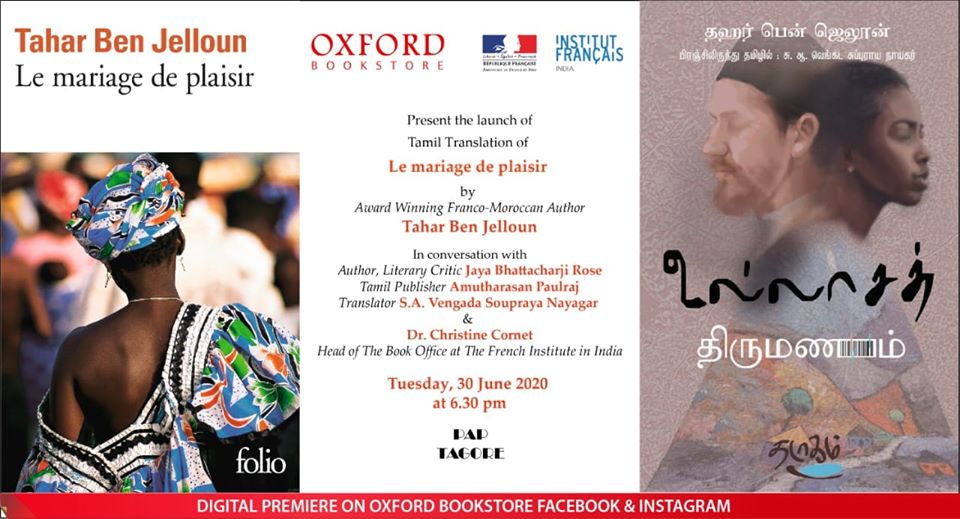
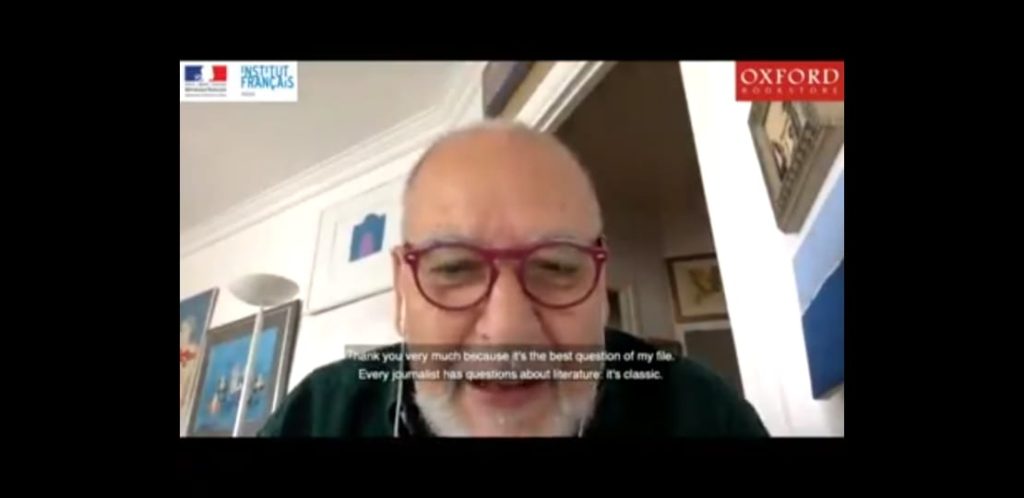
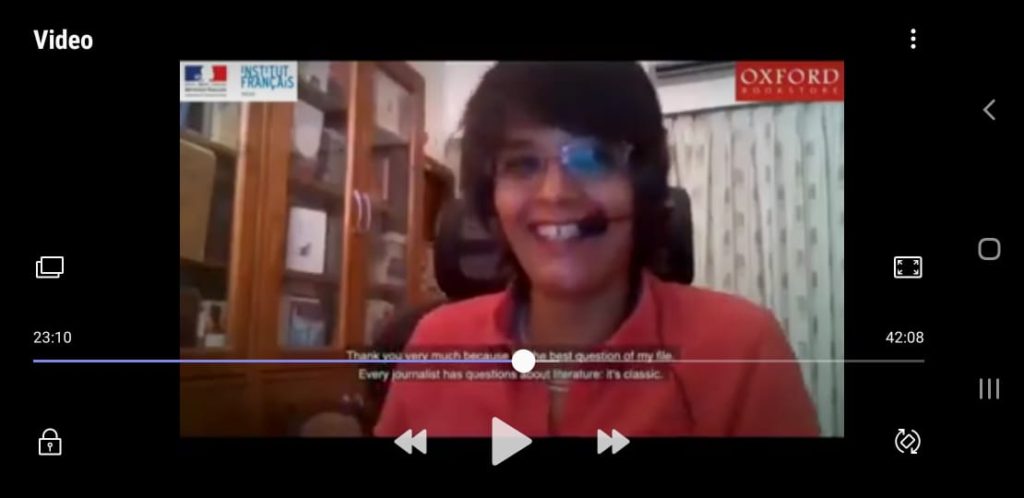
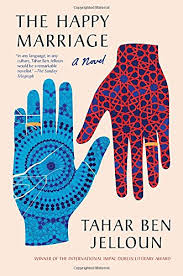
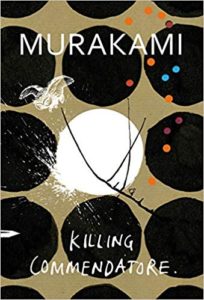
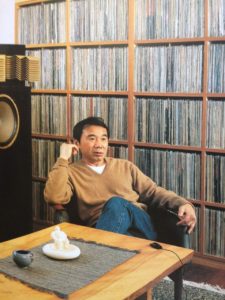 expect a no. The portrait artist too falls under Menshiki’s spell even though he knows he is going to be paid very well for the commissioned portrait. The conversation is lack lustre. The women in the novel whether the ex-wife, the various mistresses, the young 13 year old daughter of Menshiki born of an affair he had a long time ago are reduced to sex objects. It is absolutely bizarre that the pre-pubescent girl is so obsessed by her breasts and her first frank conversation with the artist is about her chest size. It is ugly.
expect a no. The portrait artist too falls under Menshiki’s spell even though he knows he is going to be paid very well for the commissioned portrait. The conversation is lack lustre. The women in the novel whether the ex-wife, the various mistresses, the young 13 year old daughter of Menshiki born of an affair he had a long time ago are reduced to sex objects. It is absolutely bizarre that the pre-pubescent girl is so obsessed by her breasts and her first frank conversation with the artist is about her chest size. It is ugly.



